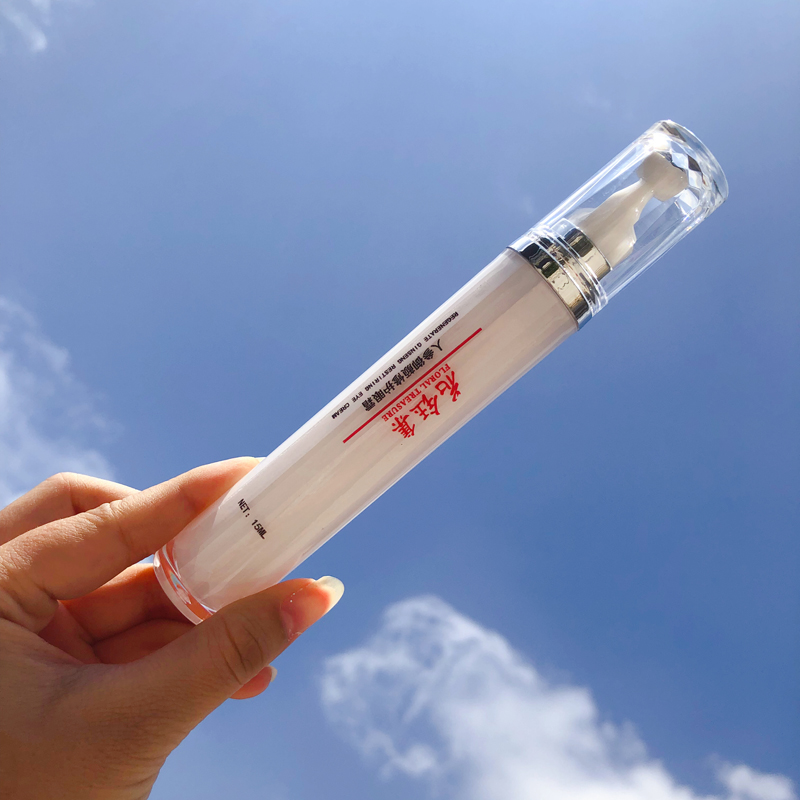Estimate the Pulling Force of Boston Dynamics' Robo-Dog Army 估计波士顿动力公司机器狗大军的拉力
Rhett Allain 雷特·阿兰
When Boston Dynamics shares a new robot video,my robophobia levels increase just a little bit. I don't know why. There is something about these robots that get into the uncanny valley for me. This particular video is both fascinating and disturbing. It's fascinating because here are a bunch of robots pulling a truck (not a pickup truck—a real truck). It's disturbing because it shows a BUNCH of robots. That's the beginning of a robot army.
Perhaps the best way to calm myself is to consider the physics. Analyzing situations such as this is exactly what I like to do. If I combine something I like (physics) with something disturbing (robot army) maybe I will be OK.
So, just how difficult is it to pull a truck like this? Is this something that only a robot can do, or could a small bunny rabbit also do it? The physics is mostly about friction. If you want to pull this massive truck, you both need high friction and you need low friction—yes, at the same time.
What is friction? In a situation like this, there are actually two types of friction. There is the static friction between the pet robots' feet (maybe they aren't pets) and then there is the rolling friction between the tires of the truck and the road.
OK, the less-than-or-equal part makes it pretty tough to deal with friction. But since we are looking at the extreme cases, we can say that the robots are at the maximum friction (or close to it). Let me draw a force diagram for the lead dogbot while it is pulling on the rope.
Yes, all of those forces should add up to zero vector force. That's what you need to move at a constant velocity. Then why do you need to pull that truck at all? If you want it to move at a constant velocity, it shouldn't need any pulling force? Right? Yes, in an ideal situation you wouldn't need to pull the truck at all (once you got it moving). However, in this case there is also a frictional force on the truck. Also, this is not on flat ground (but I will get to that shortly).
Let's estimate this maximum pulling force from one SpotMini robot (that's what they are called). According to Boston Dynamics, the robot has a mass of 25 kg. This means the weight and the normal force (since it's on flat ground) would be equal to 245 Newtons. Assuming a coefficient of 0.7 for the interaction between rubber and asphalt,the maximum frictional force would be 171.5 Newtons per bot. For 10 robot dogs, this would be 1715 Newtons. That's fairly significant.
But why do you need to pull with any force? It's not because the truck is heavy; it's because there is also a frictional force on the truck. The truck isn't sliding, it's rolling. So we call this “rolling friction.” It basically works the same way as normal friction, but it's actually due to the deformation in the tires and the friction in the wheel bearings as the truck rolls. It's pretty tough to estimate the coefficients (because it depends on lots of things),but I can do it anyway. A site lists the rolling coefficient of friction at around 0.02 for a tire on asphalt. Notice that this coefficient is much lower than the static coefficient for the robots.
OK, I could draw the same diagram for the truck that I did for the robot. The only difference would the replacement of legs with wheels and the directions of the forces. In this case the frictional force is to the left and the tension in the rope is to the right. If you look at the video very carefully, you will see the GVW (gross vehicle weight) right there on the side of the truck. It lists a value of 26,000 (pounds) which is equivalent to 11793 kilograms. With this mass and rolling friction coefficient,you would have to pull with a force of 2311 Newtons. That's pretty close to the estimated friction from the robot dogs.
What about pulling a truck uphill? Yes, that is much harder.
Hold on. Why am I helping the robots figure out this physics stuff? Shouldn't the robots be helping me? Is this just the first step of the robopocalypse?!
波士顿动力公司分享了一段新的机器人视频后,我对机器人的恐惧程度只增加了一点点。我不知道为什么。这些机器人的某些方面对我来说进入了恐怖谷。这段视频既让人觉得有趣儿,又令人感到不安。说它有趣儿是因为一群机器狗拖拽一辆卡车(不是小皮卡,而是真正的卡车)。说它令人不安是因为这里展现的是一“群”机器人。这是出现一支机器人大军的开端。
或许让我自己平静下来的最好办法是想想其中的物理学原理。分析类似这样的情况正是我喜欢做的。如果把我喜欢的东西(物理学)和令我感到不安的东西(机器人大军)结合起来,或许我就没事儿了。
那么,拖拽像这样的一辆卡车有多难?这是只有机器人能做的事儿,还是一只小兔子也能做得到?其中的物理学原理主要是关于摩擦的。拖动这么大一辆卡车既需要高摩擦也需要低摩擦——是的,同时需要。
什么是摩擦?在这种情况下,事实上有两种类型的摩擦。其中既有这些宠物机器狗的脚(或许它们并非宠物)与路面之间的静摩擦,也有卡车轮胎和路面之间的滚动摩擦。
好吧,小于等于的部分使得理解摩擦相当困难。但是既然研究的是极端情况,那我们可以说这些机器人处于最大摩擦力之下(或者接近于最大)。我来画一个领头的机器狗在拉卡车的时候的受力分析图。
是的,所有这些力加起来应当等于零向量。如果要以恒定速度移动就需要零向量。那么到底为什么要拖这辆卡车呢?如果想让它以恒定速度移动,它应当根本不需要任何拉力,对吧?是的,在理想状态下,(一旦让它移动起来的话)根本不需要再拉它。然而,在这种情况下,卡车也受到摩擦力。同样,这不是在平地上(但一会儿我会谈到这一点)。
让我们估计一下一只“迷你斑点”机器狗(这是它们的名字)的最大拉力。据波士顿动力公司说,这些机器狗的质量为25千克。这意味着重量和正向力(因为是在平地上)将等于245牛顿。假设橡胶和柏油路面之间的相互作用系数为0.7,每只机器狗的最大摩擦力将是171.5牛顿。十只机器狗就是1715牛顿。这是相当大的。
但是,我们为什么需要力量去拉卡车呢?不是因为卡车重,而是因为卡车也受到摩擦力。这辆卡车不是在滑动,而是在滚动。所以,我们称之为“滚动摩擦”。这基本上跟平常的摩擦一样,但是实际上是由于卡车滚动的时候轮胎的变形和车轮轴承里的摩擦。要估计这个系数相当难(因为这取决于很多因素),但是不管怎样我可以做得到。某个网站列出了轮胎在柏油路上的滚动摩擦系数大约为0.02。注意一下,这个系数远远低于这些机器人的静摩擦系数。
好,我可以给这辆卡车画一张与机器狗同样的受力分析图。唯一的不同是用车轮取代这些机器狗的脚,以及各种力的方向。在这种情况下,摩擦力向左,而绳子的拉力向右。如果非常仔细地观看这段视频,你会看到卡车的侧面正好写着它的GVM(车辆毛重)。它列出的这个值是2.6万(磅),相当于11793千克。在这种质量和滚动摩擦系数下,必须要用2311牛顿的力去拉这辆车。这相当接近对机器狗摩擦力的估计。
那么,拉一辆卡车上坡会怎么样?是的,这就难多了。
等等。我为什么要帮助机器人弄明白这些物理学上的东西。难道不是应当机器人帮助我吗?这难道只是机器人启示录的第一步?(刘晓燕译自美国连线杂志网站4月17日文章)
版权声明:CosMeDna所有作品(图文、音视频)均由用户自行上传分享,仅供网友学习交流。若您的权利被侵害,请联系删除!
本文链接://www.cosmedna.com/article/826545738.html







































